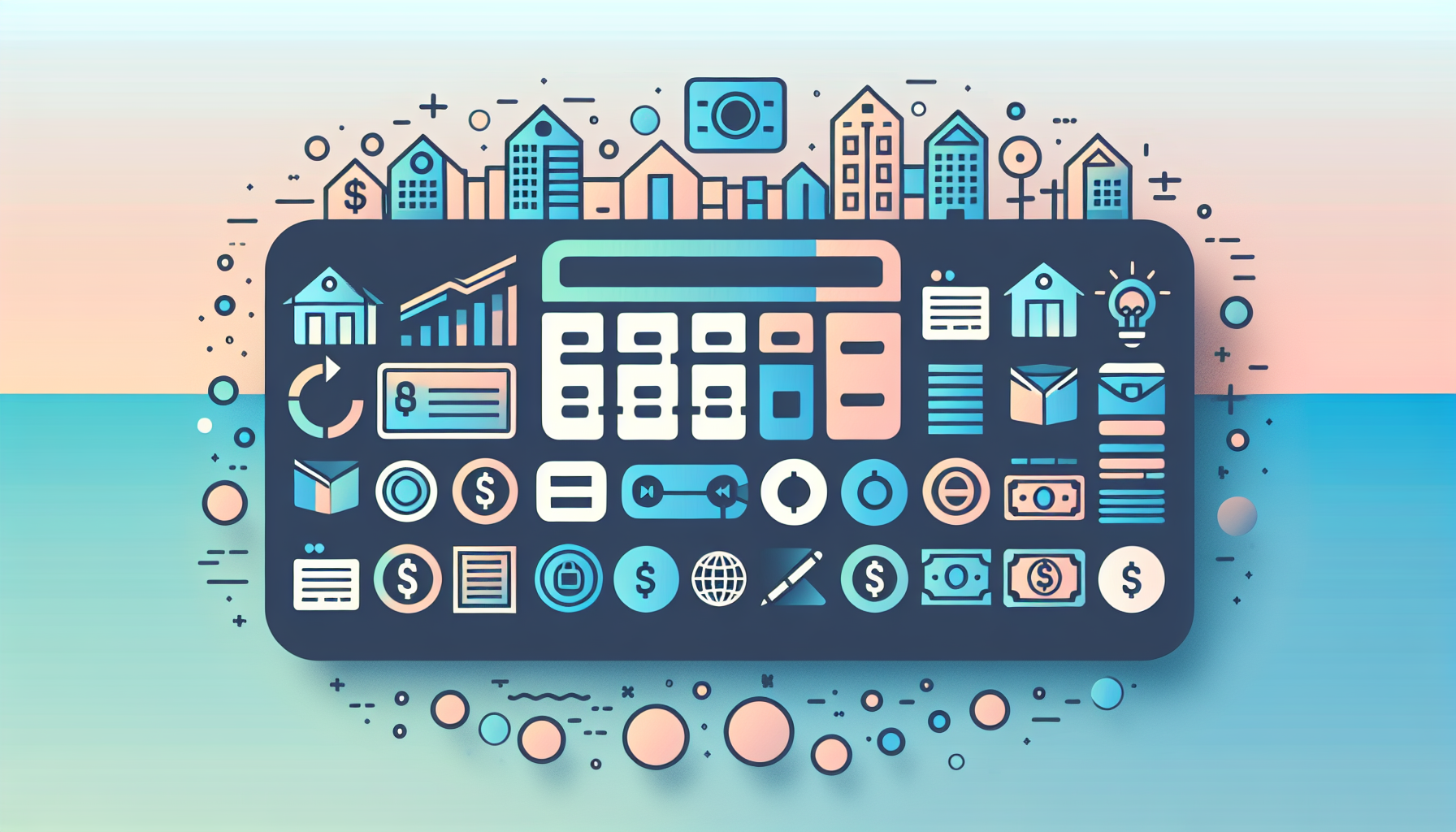Navigating Mortgage Options for Self-Built Homes

Understanding the Landscape of DIY Home Financing
When it comes to building your own home, the financial landscape can be complex and overwhelming. However, with the right tools and knowledge, navigating the world of owner-builder mortgages and construction loans can be more manageable. Here’s a comprehensive guide to help you make informed decisions.
What are Owner Builder Mortgages?
Owner builder mortgages, also known as owner builder construction loans, are designed for individuals who choose to act as their own general contractors during the home construction process. These loans provide financing directly to the homeowner, allowing them to manage the project themselves.
Key Features of Owner Builder Mortgages
- Phased Disbursements: Funds are typically disbursed in phases based on the completion percentage of the project, pre-approved milestones, or inspections. This ensures compliance with the loan terms and protects the lender's interest.
- Control and Flexibility: Homeowners have more control over the building process, enabling them to manage their budgets and costs more effectively.
- No General Contractor Requirement: Some lenders specialize in loans that do not require the hiring of a general contractor, allowing homeowners to use their own labor and subcontractors.
Construction Loan Requirements
To secure a construction loan, you need to meet several financial and procedural requirements.
Financial Stability
- Credit Score: A credit score of at least 680 is generally required. Some lenders may have higher minimums, such as 620 or higher in certain cases.
- Debt-to-Income Ratio: Lenders typically require a debt-to-income (DTI) ratio of 45% or lower. A higher ratio may be acceptable if the borrower has strong financials.
- Income Proof: You need to provide proof of sufficient income to repay the loan.
Down Payment
- Percentage Required: Construction loans usually require a down payment, which can range from 10% to 25% of the total construction costs, depending on the lender.
Construction Plan
- Detailed Plan and Schedule: Lenders require a detailed construction plan and schedule, often necessitating the involvement of a reputable construction company and architect.
- Builder Approval: The lender may require approval of the architect, general contractor, and builder, including their insurance certificates, resumes, proof of financial stability, and a description of their responsibilities.
Financing Options Beyond Traditional Loans
While traditional construction loans are a common choice, there are other financing options available for DIY home builders.
Government Loans
- Title 1 Loans: These loans are offered by the government for specific home updates, such as buying appliances, making the home more accessible, or improving energy efficiency. You can borrow up to $25,000 with repayment terms up to 20 years. However, loans above $7,500 require your home as collateral.
- How to Apply: Not all lenders offer these loans, so you need to search the lender list at the Housing and Urban Development (HUD) website to find one that lends in your state.
Personal Loans and Credit Cards
- Credit Cards: For smaller projects, a 0% APR credit card can be a viable option. These cards often come with interest-free periods of 15 to 18 months and may offer rewards on home improvement purchases. However, you need good or excellent credit to qualify.
- Personal Loans: Personal loans can also be used for home renovations, offering fixed interest rates and repayment terms. They are particularly useful when you don’t have equity in your home.
Case Studies and Real-World Examples
Owner Builder Success Stories
- Many homeowners have successfully used owner builder loans to construct their homes. For instance, a homeowner might use a 12-month self-build construction loan with interest-only monthly payments, refinancing through their preferred mortgage lender upon completion. This approach allows for unlimited draws without draw fees or inspection fees, making the process more flexible and cost-effective.
Challenges and Solutions
- One common challenge is the requirement for a detailed construction plan. To overcome this, homeowners can work closely with architects and contractors to ensure all aspects of the project are well-planned and approved by the lender.
- Another challenge is managing the phased disbursements. Using a tool like the WP Ultimate Loan & Mortgage Calculator can help you plan and track your loan disbursements more effectively.
Tools and Resources for DIY Home Builders
Loan Calculators
- A loan calculator is essential for planning your construction loan. The WP Ultimate Loan & Mortgage Calculator can help you estimate your loan costs, interest rates, and repayment terms, making it easier to manage your project finances.
Professional Guidance
- If you are new to DIY home building, it might be helpful to consult with financial advisors or construction experts. You can find resources and guides on websites like Bankrate or Construct Elements.
Conclusion and Next Steps
Navigating the world of owner-builder mortgages and construction loans requires careful planning and a thorough understanding of the financial and procedural requirements. Here are some key takeaways:
- Be Financially Prepared: Ensure you have a good credit score, low DTI ratio, and sufficient income to repay the loan.
- Plan Your Project: Work with reputable architects and contractors to create a detailed construction plan.
- Explore Financing Options: Consider traditional construction loans, government loans, and personal loans or credit cards.
- Use Tools and Resources: Utilize loan calculators and seek professional guidance when needed.
If you are ready to start your DIY home building journey, begin by filling out the qualification questionnaire on websites like Owner Builder Loans or contacting financial advisors for personalized advice. For more detailed guides and tools, visit our Contact Us page or explore our blog for additional resources.
By being well-informed and prepared, you can successfully navigate the complexities of DIY home financing and build your dream home.











